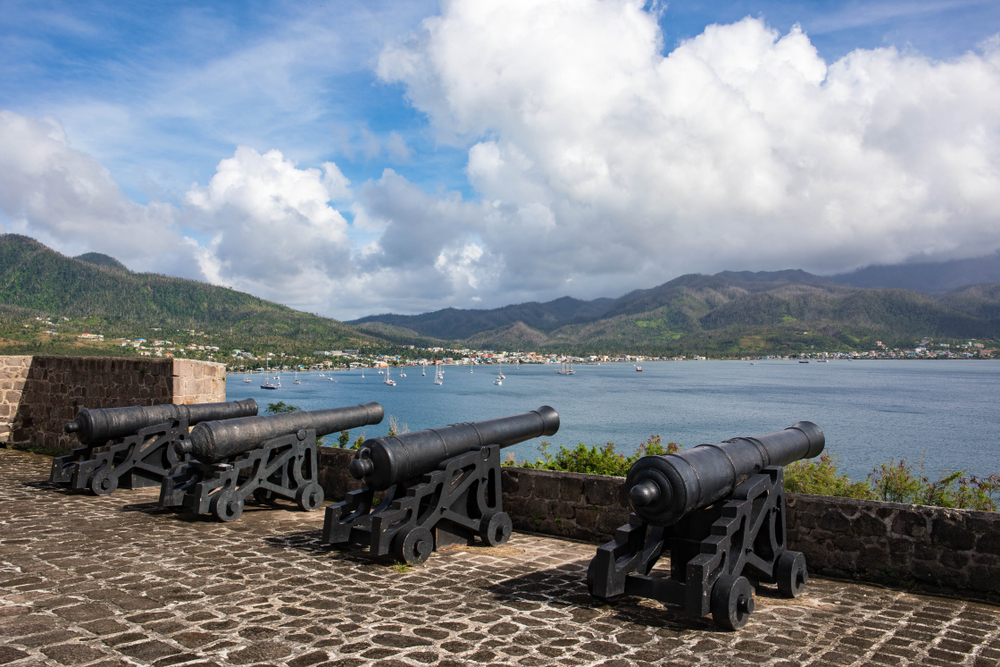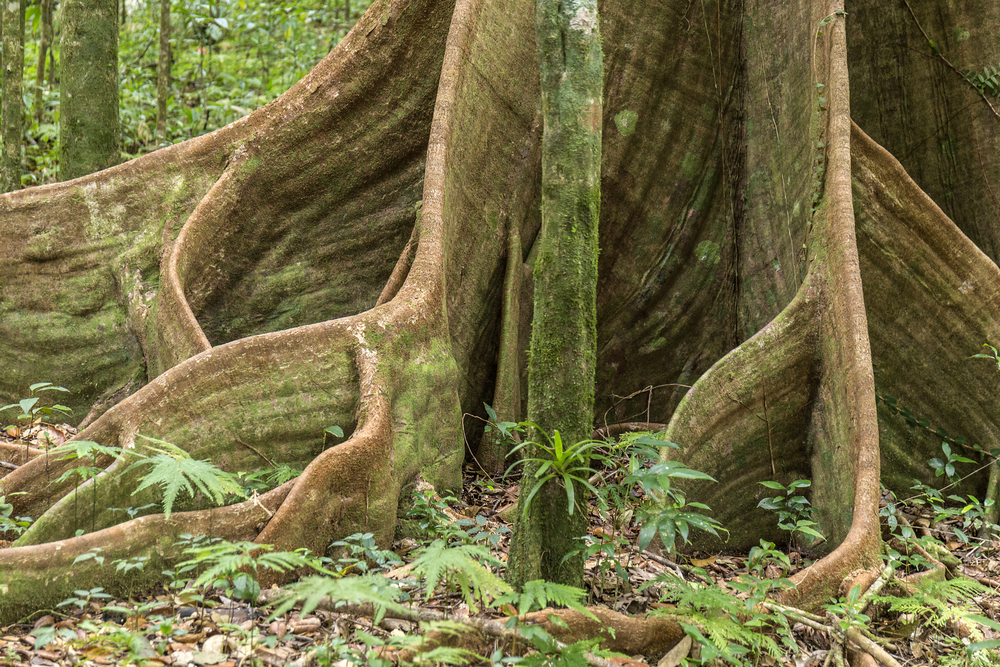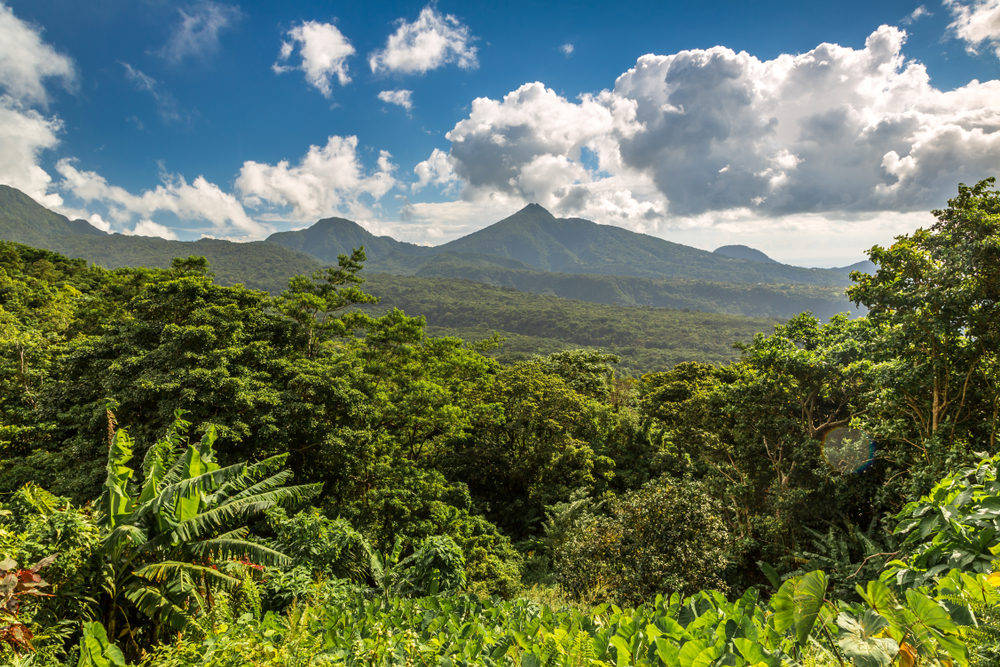Dominica, known as the “Nature Isle of the Caribbean,” boasts three national parks that preserve its breathtaking natural beauty and extraordinary biodiversity. These parks protect a range of ecosystems, including lush rainforests, volcanic peaks, hot springs, and rivers, highlighting Dominica’s unique geological and ecological features. The parks are vital for conserving endemic species and promoting sustainable tourism while offering visitors an immersive experience in unspoiled nature.
The most renowned park is Morne Trois Pitons National Park, a UNESCO World Heritage Site that showcases Dominica’s volcanic origins and diverse ecosystems. The park spans approximately 68 square kilometers and is home to iconic attractions like the Boiling Lake, the second-largest hot spring in the world. Visitors can hike through dense rainforests to witness this steaming, surreal lake, along with other volcanic features such as fumaroles, hot springs, and bubbling mud pools in the Valley of Desolation. Morne Trois Pitons also hosts waterfalls like Trafalgar Falls and Middleham Falls, which cascade through lush vegetation, offering unforgettable vistas. The park is a haven for biodiversity, sheltering species such as the Sisserou parrot, Dominica’s national bird, and the endangered imperial parrot.
Cabrits National Park, located on a peninsula on Dominica’s northern coast, combines natural and historical attractions. The park protects coral reefs, mangroves, tropical forests, and remnants of Fort Shirley, a British colonial-era fortress. The trails within the park provide scenic views of the coastline, and its marine areas offer snorkeling and diving opportunities to explore vibrant coral reefs teeming with marine life. Cabrits is a testament to Dominica’s efforts to preserve both its natural and cultural heritage.
Morne Diablotins National Park, named after Morne Diablotins, the island’s highest peak at 1,447 meters, is a paradise for birdwatchers and adventurers. This park is a critical habitat for Dominica’s endemic parrots, including the Sisserou and Jaco parrots. The challenging hike to the summit offers panoramic views of the island and the Caribbean Sea, rewarding trekkers with a sense of awe and accomplishment.
While Dominica’s national parks are stunning, they face challenges such as deforestation, habitat loss, and the increasing frequency of hurricanes due to climate change. However, the country has made significant strides in conservation through reforestation programs, community involvement in park management, and the establishment of protected marine and terrestrial areas. These efforts have bolstered biodiversity and strengthened Dominica’s reputation as a leader in sustainable tourism.












































































